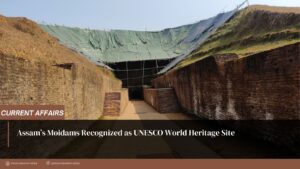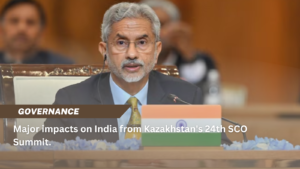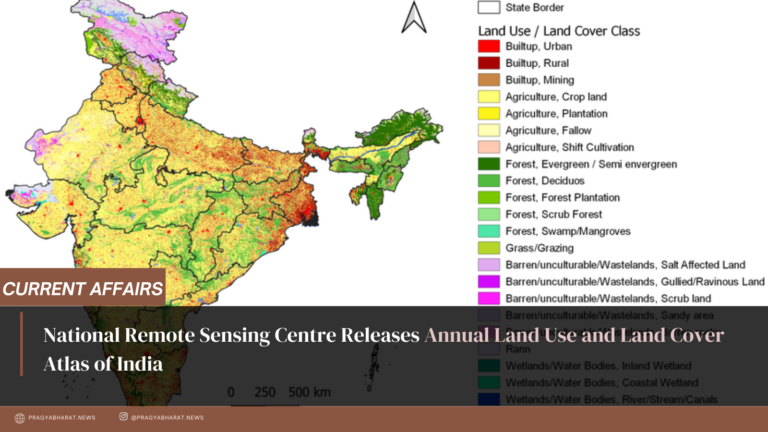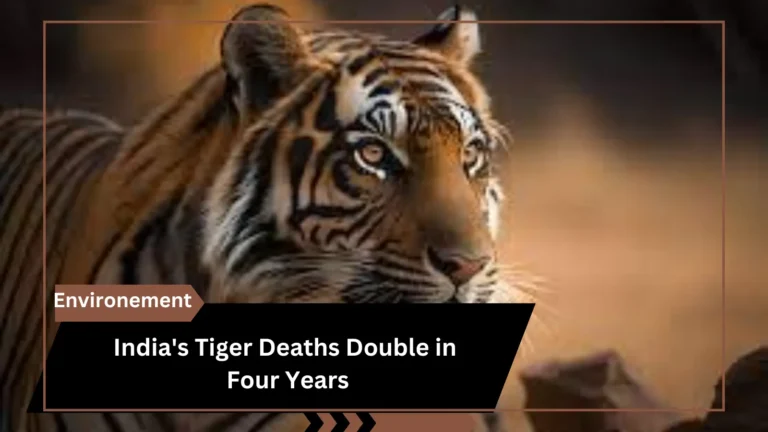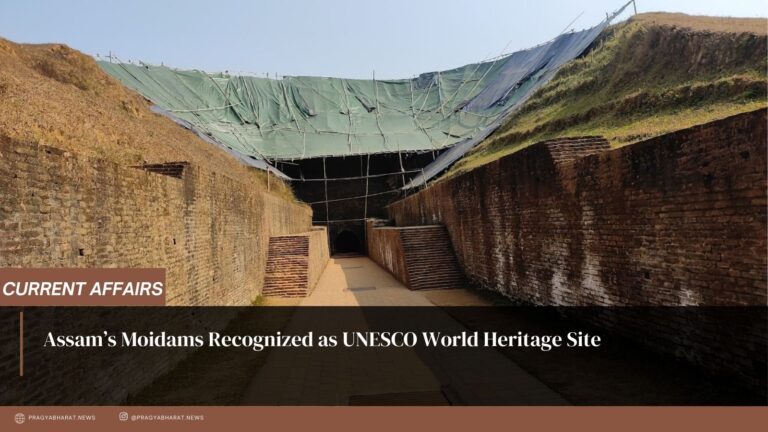Himalayan glaciers have lost between 390 and 586 cubic kilometres of ice, or around 40%, of their area during the past several hundred years.This amount of ice loss is sufficient to cause a 0.92 to 1.38 millimetre rise in sea level which is ultimately going to affect our habitat.
The Himalayan mountains are also known as the third pole because they contain the third-largest amount of glacier ice in the world, after Antarctica and the Arctic. Himalayan region, like the Arctic and parts of Antarctica, is rising faster than the global average for comparable reasons.
According to research, the Himalayan glaciers have lost between 390 and 586 cubic kilometres of ice, or around 40%, of their area during the past several hundred years. This amount of ice loss is sufficient to cause a 0.92 to 1.38 millimetre rise in sea level.
Does the glacier’s melting cause any changes?
It is difficult to predict precisely how the melting of the glaciers at the third pole would affect the availability and flow of water in the areas that rely on the Himalayan rivers. This is due to a variety of variables, including the stability of monsoons, which are important for precipitation in the region (both rain and snow). An rise in glacial lake outburst floods is one outcome that can be foreseen (GLOFs).Animals that live on or near glaciers may be forced to extinction, even though many species are anticipated to be impacted by changes in stream flow and sea level brought on by glacier melting. POPs, or persistent organic pollutants, like PCBs (Polychlorinated Biphenyls), are carried by the air from their source to colder regions where they condense and are deposited in glacial ice. Rapid melting is releasing them back into the environment.
Constant ice calving or melting into lakes can also result in disastrous glacial lake outburst floods. A recent example would be the Himalayan region’s Glacial Lake Outbursts. Coastal areas around the world will be affected by sea-level rise, which will lead to erosion and saltwater intrusion into aquifers and freshwater habitats. Industries that rely on healthy fisheries may suffer if warmer waters change where and when fish breed. Furthermore, as flooding grows more common and storms become more violent, coastal municipalities will continue to confront billion-dollar disaster recovery bills.
Glaciers serve as a buffer for freshwater supply by freezing 70% of the world’s freshwater. As a result, the security of the water supply will be impacted by the melting of these glaciers. Also Glaciers that are melting quickly may cause river floods.
National and international initiatives
Glacier research has recently been conducted by the Ministry of Earth Sciences (MoES) at its National Centre for Polar and Ocean Research (NCPOR) glaciers in the western Himalayas. Along with the Himadri research facility in the Arctic, it also looks after India’s permanent stations Maitri and Bharati in Antarctica. Himansh, a cutting-edge field research station, were built in the Chandra basin (Himachal Pradesh) and has been in service since 2016 for conducting field research and glacier expeditions. The Antarctic Treaty System was established in order to guarantee that Antarctica will always be used only for peaceful reasons and won’t be the source of or the focus of international conflict. However, UNESCO has been actively assisting global scientific monitoring and research programmes, such as the World Glacier Monitoring Services.
In India The National Mission for Sustaining the Himalayan Ecosystem has started working on the development and adoption of new methodologies for evaluating the health of the Himalayan ecosystem, including the glaciers, and developing a database of the same.The National Institute of Hydrology (NIH) has been studying the runoff from glacier melting at catchment and basin scales throughout the Himalayas.





